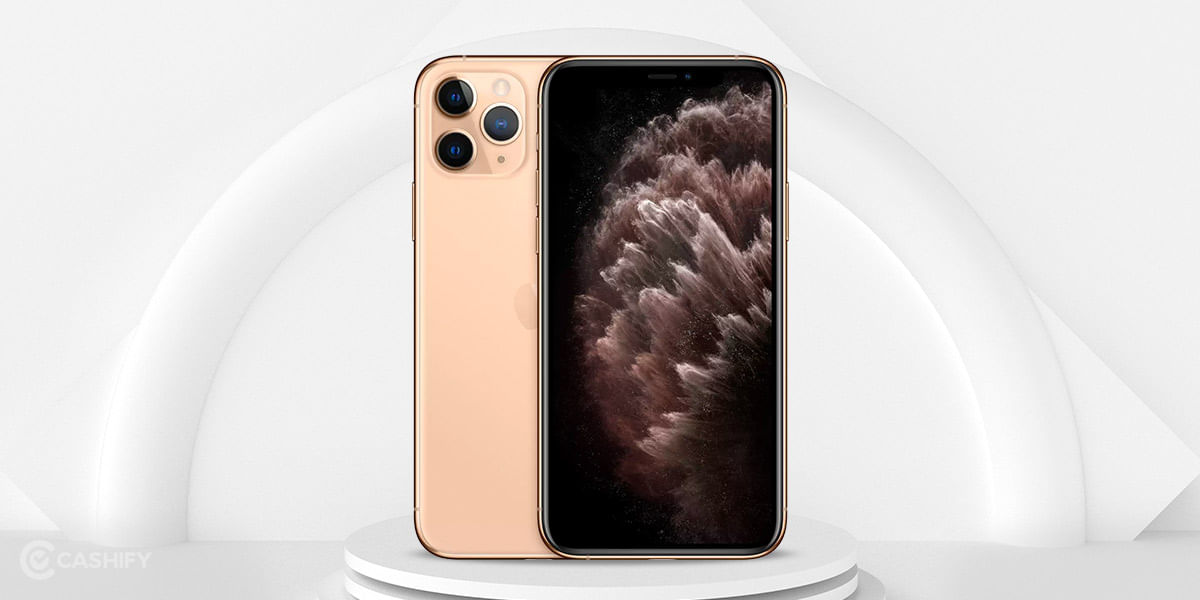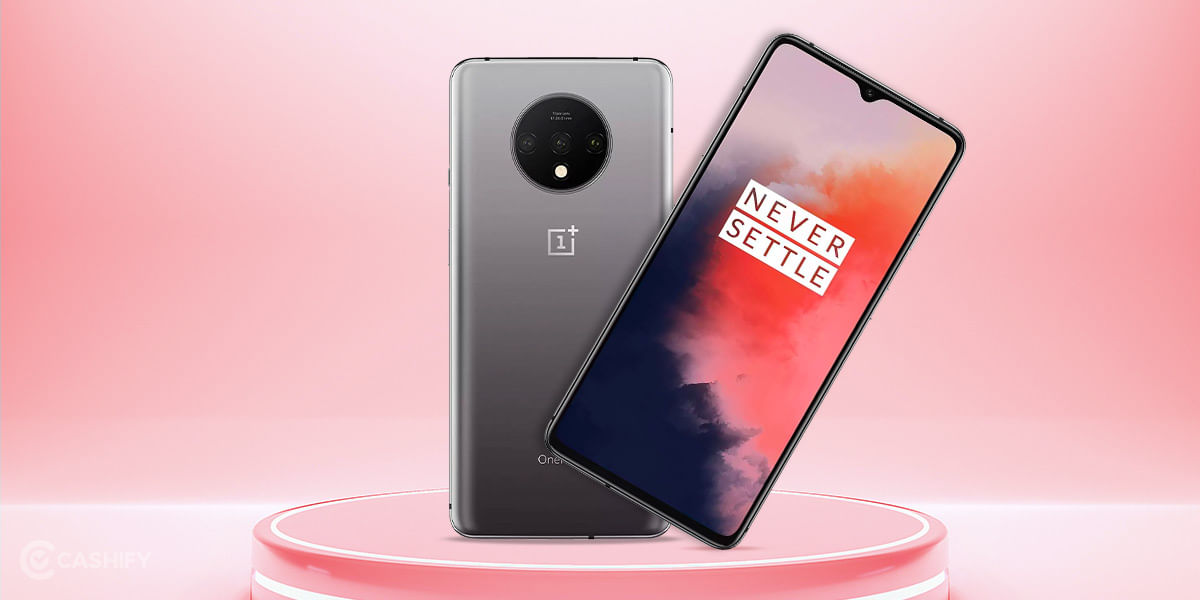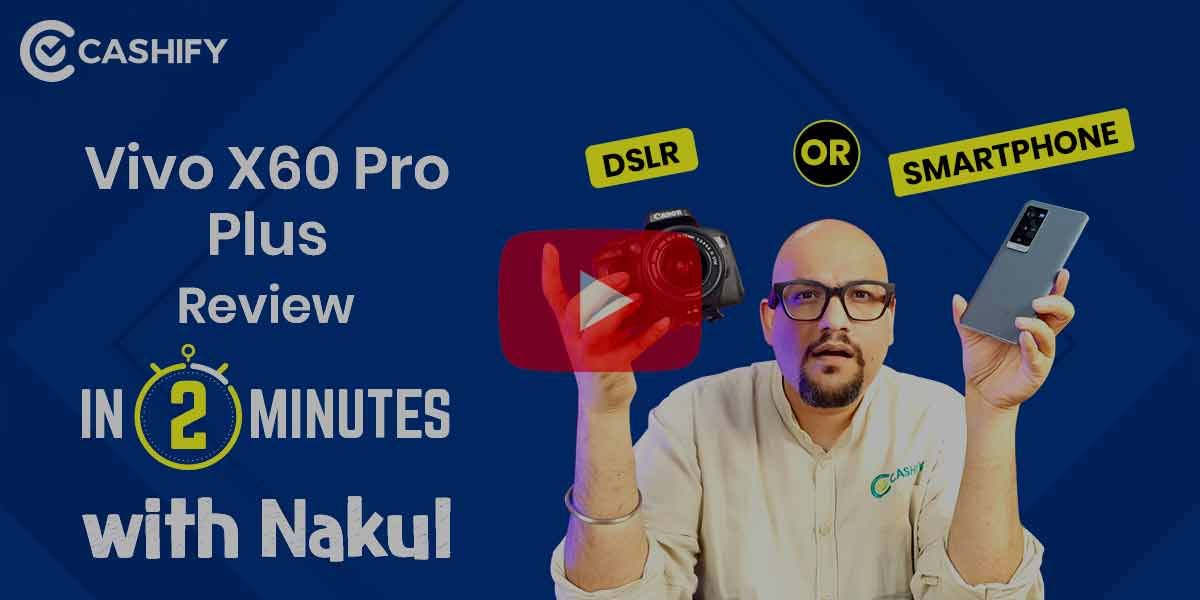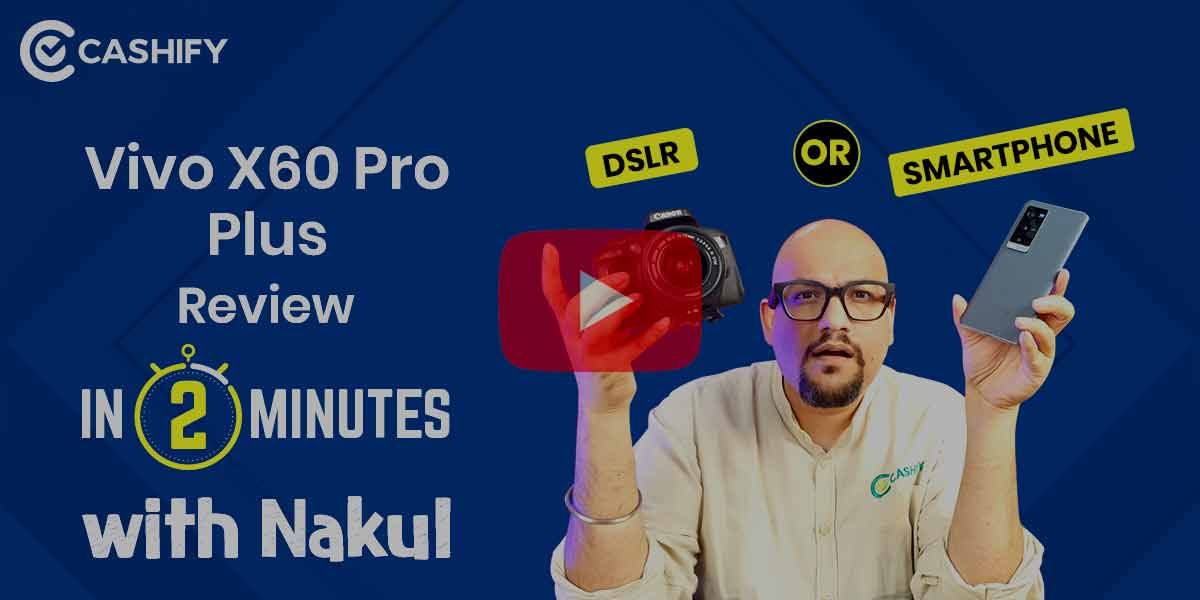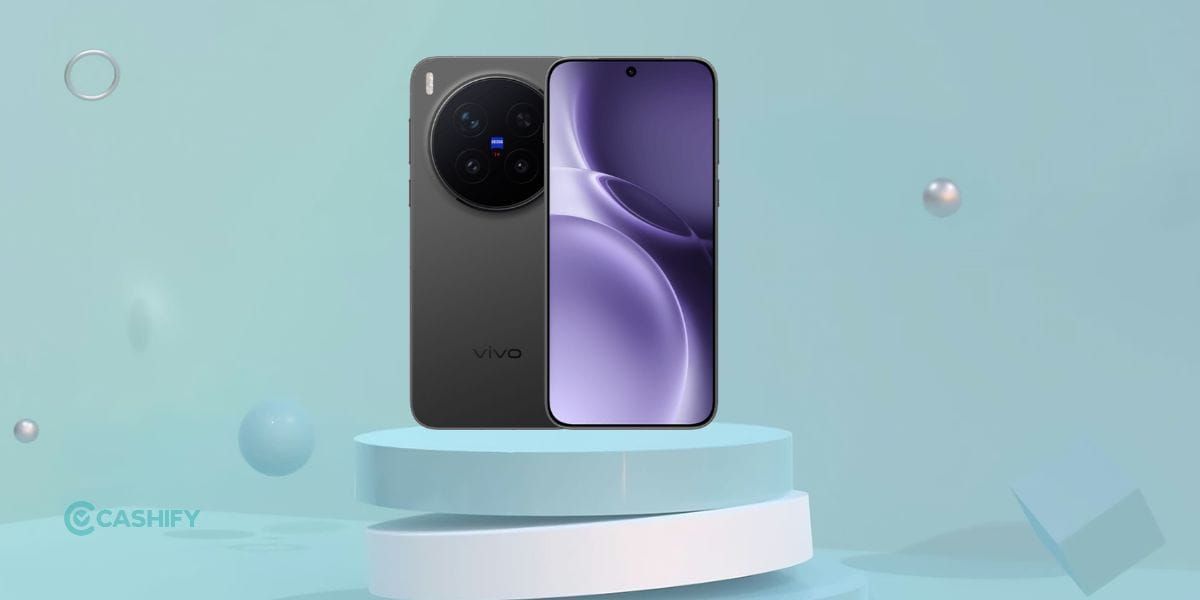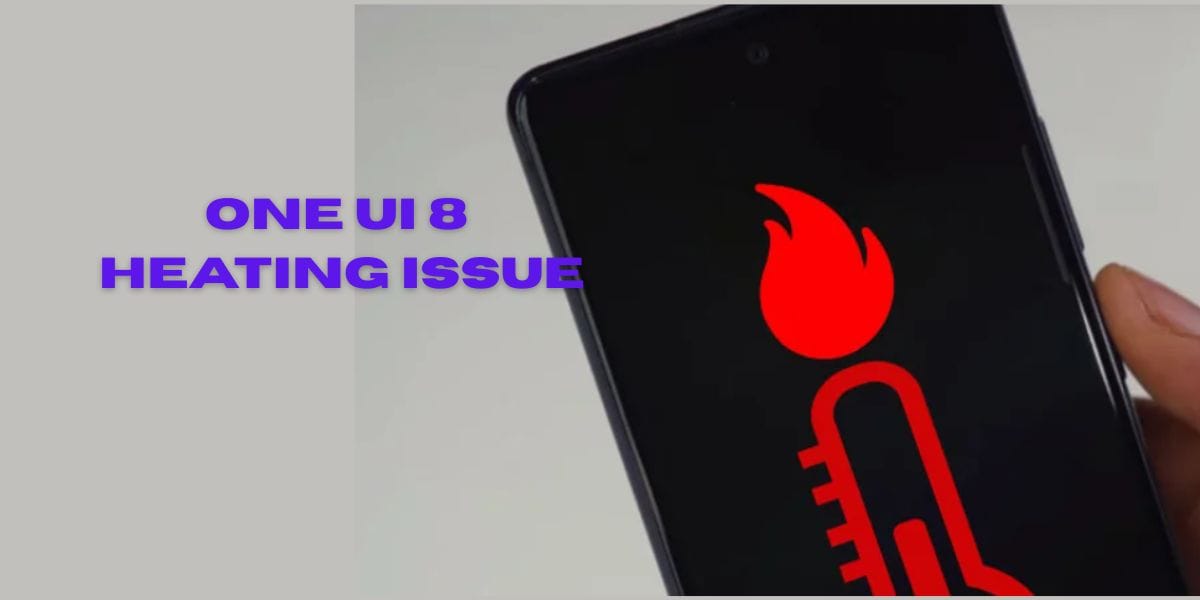Introduction
Vivo U20 is the latest addition to the U-series from Vivo, and a direct successor to Vivo U10 launched three months in September. Vivo has already launched Vivo U20 which is undoubtedly its successor although with some improvements and some specs never changed. Being a phone resorting to a budget category, Vivo U20 is bound to make a lot of sacrifices, but I think that should be justifiable considering its price. You won’t get a phone with Snapdragon 845 at the cost of around Rs 12,000/- so yeah, but you can get a mid-range or entry-level specs sheet ready on a budget phone.
I tested the phone for a while both before it was launched and after it launched in India and have recorded a bit of a review that you can go through in case if you are willing or even wondering if buying a phone like Vivo U20 so read along.
Price in India, Variants, Availability
Vivo U20, the successor to Vivo 10, was launched in India on November 28 on Amazon India and the sale starting at noon. Here, the phone has two variants, i.e. 4GB/64GB and 6GB/64GB available in Blaze Blue and Black colour variants. The price for the two specified options is Rs 10,990/- and Rs 11,990/- respectively, so that makes it a budget phone in a price tag of peanuts.
The phone is available on both Amazon and Vivo India e-store. Of course, Vivo has launched a bunch of discounts and deals with it as well, such as Rs 1,000/- discount on prepaid orders. There is an exchange offer on Amazon as well, along with up to Rs 6,000/- benefits from Jio Vivo. The phone is available at no-cost EMI from a few leading institutions for up to 6 months, so that makes a lot of positive points on behalf of Vivo U20.
Box Contents
The contents are almost the same every time you open any phone’s retail box. Here, you get the Vivo U20 phone along with a SIM ejector tool, a TPU case, an 18W fast charger with a MicroUSB cable, and finally, some quickstart guides to go with it. It pretty much sums all the contents so let’s proceed further.
Specs at a glance
No doubt, smartphones look extremely impressive on paper, but that isn’t the whole truth. In this section, I will be listing the specifications as they are without any review on it while the next chapter will cover that part of the story, so read along.
Vivo U20 sports a Snapdragon 675 octa-core SoC manufactured using an 11nm node which is the same as what Vivo U10 sported citing the fact that both the phones were launched within a 3-months gap. Next up, it has eight cores as said that include 2×2.0 GHz high-performance Kryo 460 Gold cores along with 6×1.7 GHz power-efficient Kryo 460 Silver cores paired along with Adreno 612 GPU.
The device is backed up with a 64GB of internal storage that can be expanded using a microSD card up to 256GB. Furthermore, the device has 4GB and 6GB of RAM variants along with the UFS2.1 storage system which is also fast, but not as much as UFS3.0, but that’s not a shortcoming since Vivo had to compromise it to lower the pricing.
Design and Build Quality
At first glance, you might think that Vivo U20 looks more like Realme 5 with a tall display and a not-so gradient back panel. Vivo U20 has a firm look with a front waterdrop-shaped notch with bezels on the side while the phone has a flat-out rear panel where you won’t find much to see.
The rear panel has its triple camera setup in a vertically stacked triple camera model on the left with a subtle sized fingerprint scanner right in the middle-upper half, so that’s pretty much everything you need to know about the phone’s design. The rear panel is made up of plastic including the frame and has a glossy finish to it so that might make its fingerprint magnet if you don’t take care of it. I would instead install a TPU case if not other, to prevent my fingerprints from populating on the rear panel when I am using it since I am a heavy phone user.
The phone is equipped with micro-USB port, whereas most of the phones have upgraded to USB Type-C which is more efficient than the previously used MicroUSB which tends to lose its grip with the USB cable in a year or even months with constant plugging and unplugging.
The phone has 3.5mm headphone jack, so that’s a plus point along with a loudspeaker mounted on both sides of the MicroUSB port for a surround sound. One more thing is that the phone might suffer a bit of issue when talking over a call as it has a single microphone as opposed to two used today, so there are both plus and minus points in its design as I have listed already.
Display
On the paper, Vivo U20 has a large 6.53-inch IPS LCD panel with a screen resolution of 1080×2340 pixels and an aspect ratio of 19.5:9, which specifies that the phone has a taller display. The phone is advertised to have greater than 90% of screen-to-body ratio, although it is somewhere between 84.4% (GSMArena) to 90.4% (Vivo India).
If you look at the front display, it has a small teardrop-shaped notch that barely consumes any screen real estate according to me that’s a pass. Furthermore, although Vivo U20 has narrow bezels when compared to its predecessor, it is still thick, and the chin is still considerably tall as well.
Vivo hasn’t opted for any protection with the device, so there’s no front or back Corning Gorilla Glass here for fall protection. There won’t be any IP rating as well neither officially nor unofficially.
Furthermore, Vivo U20 is tall while the width is considering making it easy to hold, but the power button is placed higher so you will have to make a bit of effort to climb up there and press it. It becomes a problem when you have smaller hands. The display quality is good an a sure-shot raise from HD on Vivo U10, so there’s another plus point here.
Performance
Now we are entering the red zone where everything from making the phone a myth or a beast becomes real. Vivo U20 is a budget phone so don’t expect it to propel Fornite and PUBG Mobile at the same time without any frame drop or lag, but it tends to perform well in terms of performance.
Being packed with Snapdragon 675 SoC, the phone has the edge over its competition Redmi Note 8. The phone has two RAM variants and since RAM is something everything in the Android fraternity likes to be more, getting a 6GB AM is much more beneficial than sticking to a 4GB model. As per the Geekbench 5 scores for 6/64GB, the phone scores 504 on single-core and 1,638 points on multi-core tests. On the other hand, the device pulled a whopping 210,249 on AnTuTu leaving Redmi Note 8 in the dust as the latter scored just 169,832.
Furthermore, the device managed to pull 42fps on graphics benchmarks along with 7.8fps in GFXBench’s T-Rex and Car Chase scenes respectively while its rival Note 8 managed to score 33fps and 6.2fps respectively which is a clear indication that Vivo U20 is a clear winner here in terms of performance.
I played PUBG Mobile on Vivo U20 on high settings and found only a few instances where it would drop a few frames here and there or lag a bit. It’s enormous 5,000 mAh battery does add to its advantage as you can play almost five to six hours of PUBG Mobile and more before getting bored of it.
Software
Vivo U20 comes pre-installed with FunTouchOS 9.2, which is based on last year’s Android 9.0 Pie. Vivo has a distinct UI when it comes to its FunTouchOS 9.2, which makes everything look bubbly and punchy and with icons with cute round edges. The UI is not as good as OxygenOS but Vivo is already working on it by posting updates now and then improving its custom-made OS with new features and whatnot.
But that also brings pre-installed bloatware, and Vivo U20 doesn’t shy away from having too many. These apps include WhatsApp, Amazon Shopping, Gaana, Helo, Opera, Facebook, iManager, and others where I do believe some are useful, and others are bloatware that you can’t remove easily. But I usually disable unwanted bloatware to prevent them from popping up here and there even when I am not using it.
The phone has a built-in smart assistant Jovi which is coincidentally the name of Vivo’s upcoming custom-made UI called JoviOS which is about to make an official with Vivo X30 series this month. Finally, we have a bunch of features that Google ships with it’s Android, such as raise-to-wake, Digital Wellbeing, etc. Unlike DND mode that rejects all calls and SMSes on other phones, Vivo U20 has a Motorbike mode which although it works as DND, also sends out SMS notifications to the caller or sender to notify them.
Cameras
Don’t expect it to be the best of the best in terms of camera prowess because it isn’t. Firstly, according to its specifications, the phone has a single front 16MP sensor along with a triple camera array in the back including an 8MP Super-Wide-Angle camera, 16MP Sony IMX499 sensor with an aperture of f/1.8, and a 2MP Super Macro lens. It sums up what’s on the paper.
When you open the Camera app on Vivo U20, there is a tonne of options available at your disposal. Firstly, you have different modes like Photo, Portrait, Video, that you can change simply by scrolling the options listed above the shutter button. Tap on the orange-coloured circle on the bottom left (before the shutter button appears) which gives you options to switch between Super Wide, Super Macro, and telephoto with 2x digital zoom although the phone could stretch more with hybrid zoom.
The photos are good in ordinary conditions when there’s immense light such as in bright daylight rather than clicking the images in a closed room. Everything is ‘good’ but not more than that for sure. The colour saturation is sometimes a bit more than usual. The phone has a Super Wide lens which has an FoV of 120° that enables catching a lot more than usual Photo mode. But here, you will find that the photos are a bit different when you click it using a regular and Super Wide lens.
The Portrait Mode is okayish but not that great. It uses Vivo’s beautification feature which makes the skin soft, and that looks cartoonish at times, but that’s for the rear camera. The front selfie camera doesn’t have a dedicated Bokeh mode but does sometimes blurs the background a bit but not always. We found out that the phone doesn’t uniformly use its AI to create bokeh on its front camera and many of the times, you won’t even see any blur. But that’s not it. The phone will snatch away the quality when you try to use a portrait for the front cam.
Next, up, the Night Mode is okay as well but not as efficient as Nightscape from OnePlus or Night Mode from Google Pixel where the latter is the undisputed master when it comes to mobile photography. The phone has a dedicated Super Macro lens which can shoot images from a close distance of just 4cm, and I must say the photos are good as well, but there is not a wow factor given that the phone’s camera has left a lot of features to post-processing.
The rear camera can shoot videos at 4K/30fps, and the stabilization is good as well while the front sensor maxes at 1080p. Finally, the phone’s camera can be summed up as a feature-rich primary camera without the hustle-bustle of flagship or even mid-range quality photography.
Battery Life
Usually, I would say any phone would last a day on a moderate or light usage or might even extend the battery life, but since Vivo U20 has this large 5,000 mAh battery, the story is a bit different. First of all, Vivo U20 launched against its rival Redmi Note 8 from Xiaomi has a 20% larger battery. When tested on a loop, Redmi Note 8 was able to pull of battery life of 13 hours and 10 minutes while Vivo U20 succumbed to the low battery at around 15 hours which is a significant improvement over its rival.
Also, Vivo has packed in an 18W fast charge that should charge the battery faster if it had a USB Type-C port, but here, it has a micro-USB port which takes a long time to charge such as 0 to 67% in an hour. In and out, Vivo U20 is one of the best phones if you are looking for a budget phone below Rs 12,000/- with good battery life and are ready to compromise over the camera and processing a bit.
It looks like we are at the end of the Vivo U20 review. Although the U10 was launched under Rs 10,000/-, Vivo U20 being a successor took over it in just three months as a premium device with a price tag under Rs 12,000/-. It packs in considerably mid-range but powerful specifications with a humongous battery on-board and decent camera which won’t leave you hanging but might not perform as it would on a premium or flagship device.
Overall, the phone does perform well when playing even the most graphics-intensive games like PUBG Mobile although with a sprinkle of a few lags and frame drops but overall, the phone is value for money. It lacks a USB Type-C port, has a lot of pre-installed apps but does have decent battery life and a substantial FHD+ display that escalates the joy of viewing experience.

